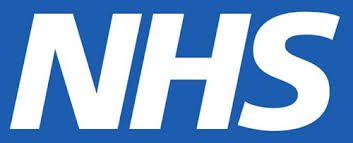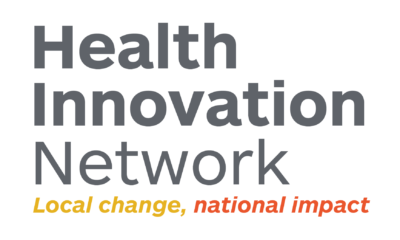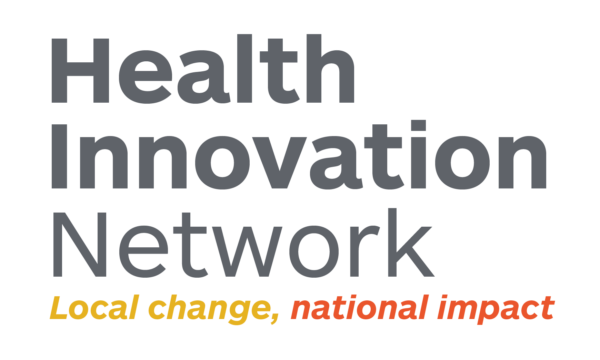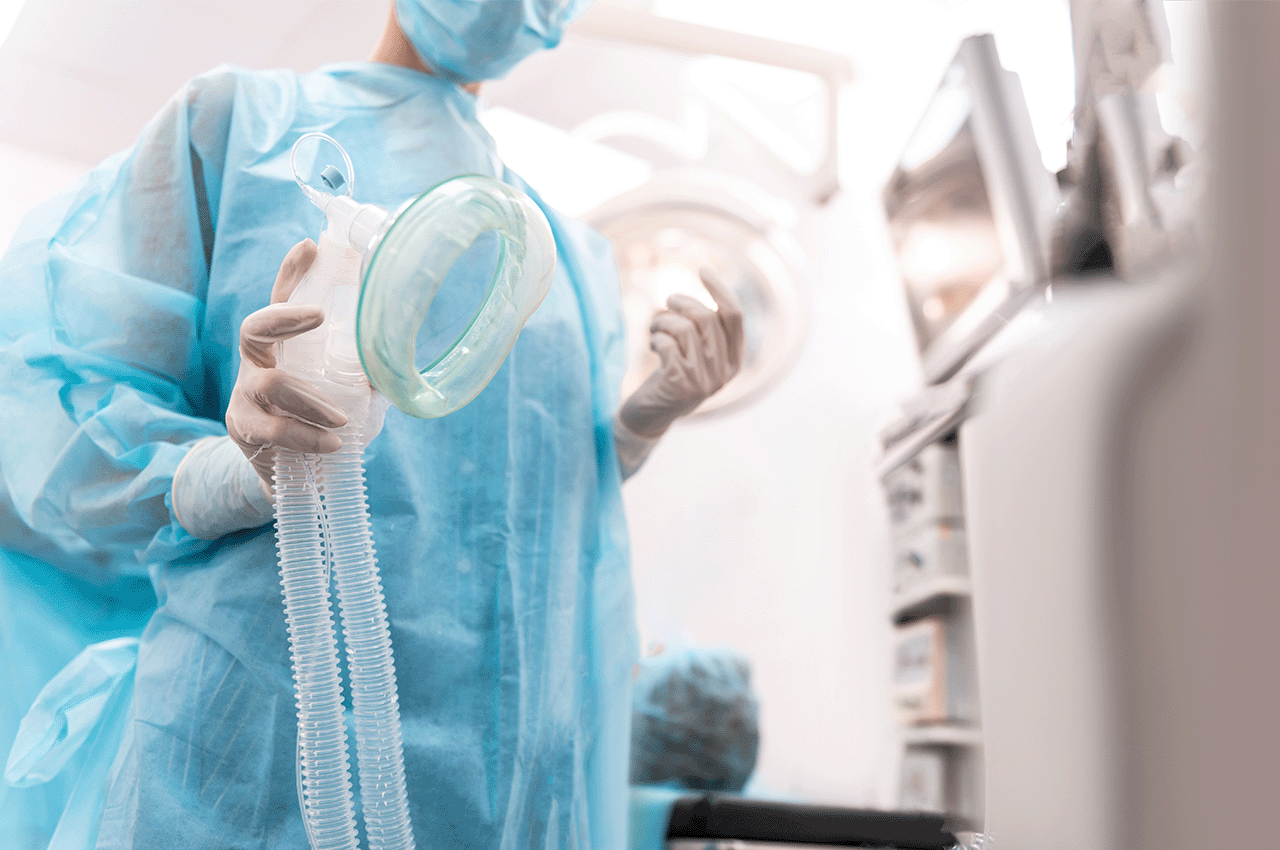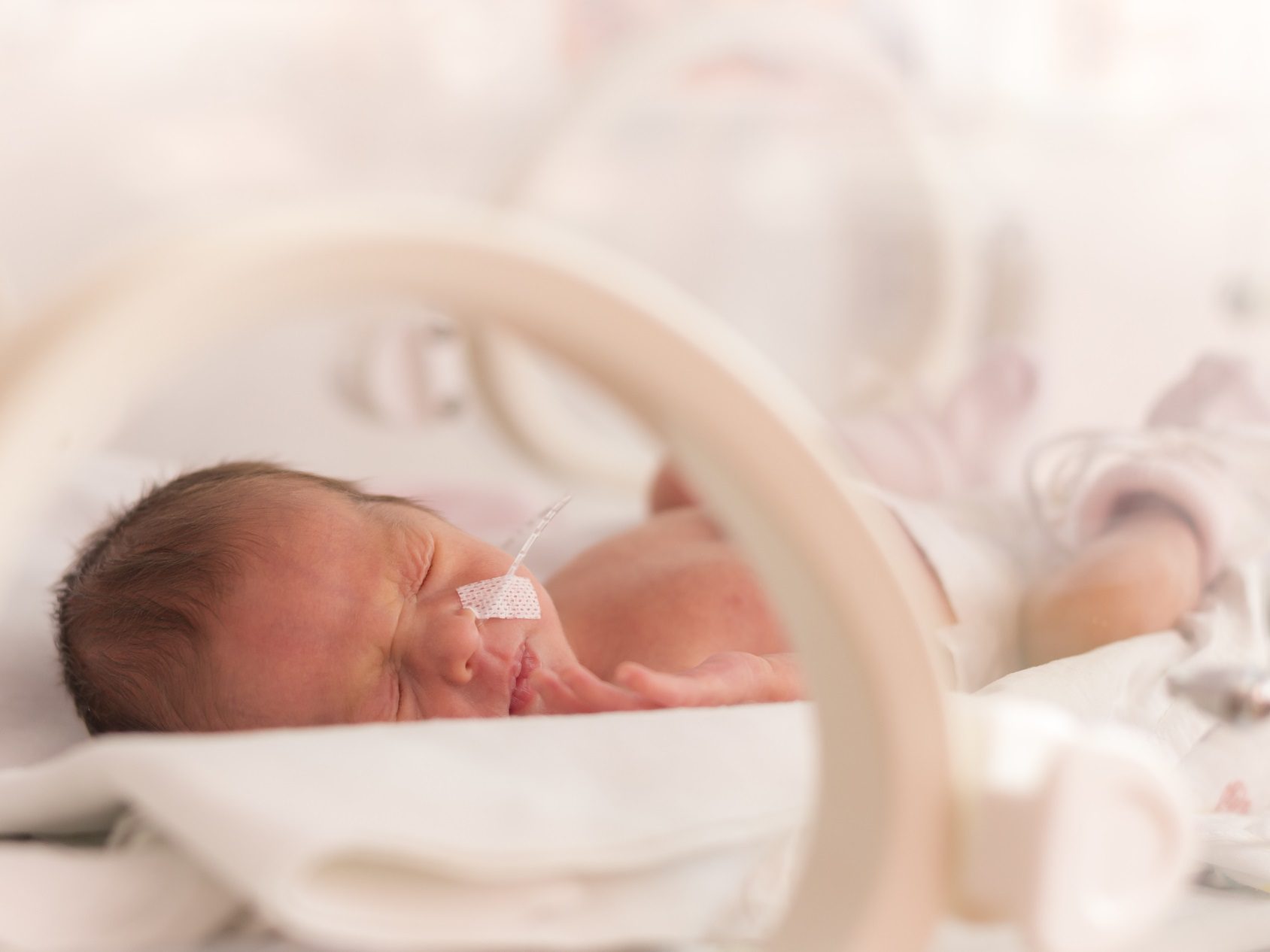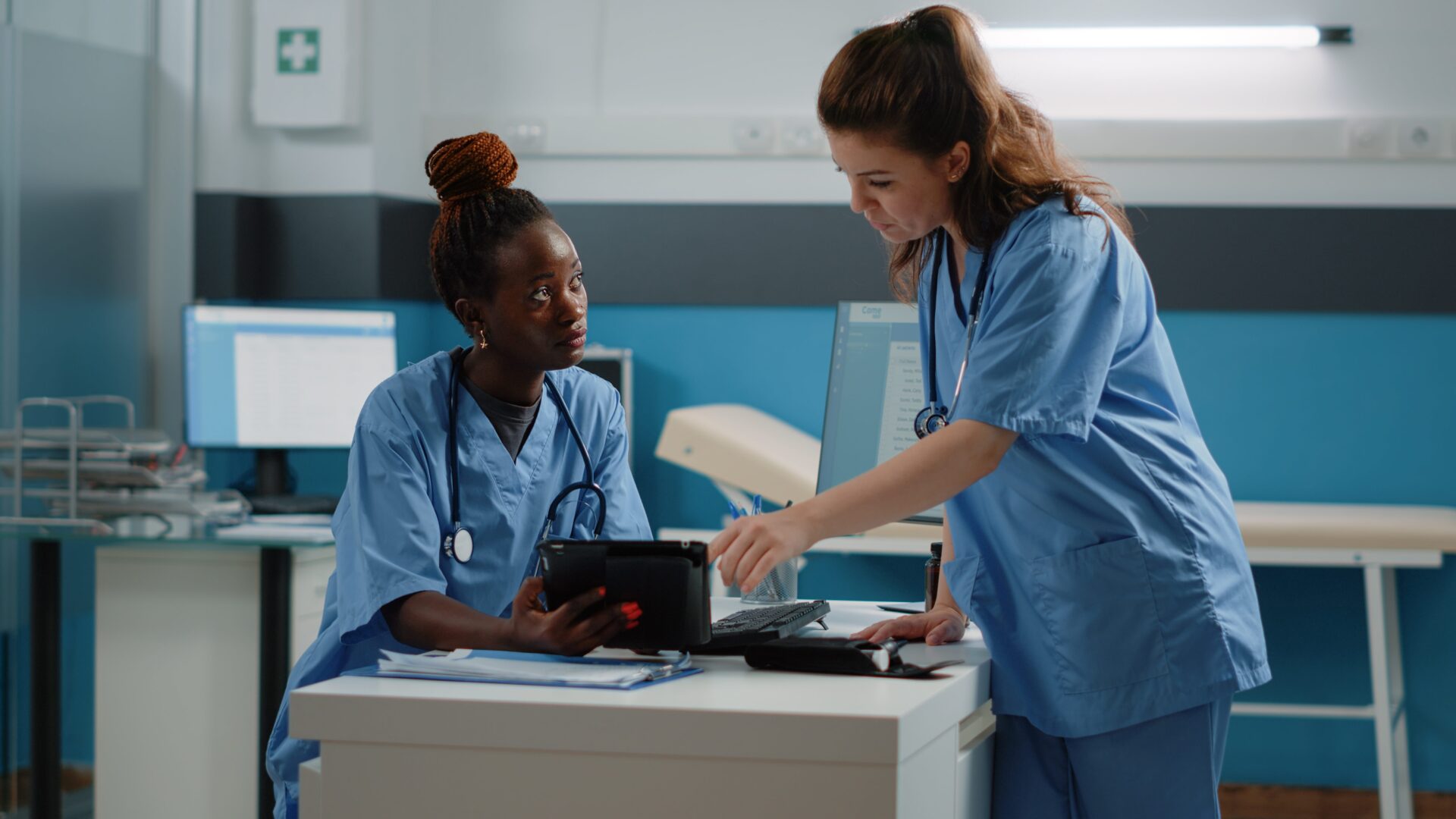Summary
SageTech Medical have created an innovative waste volatile anaesthetic agent capture device.
The device is safe, sustainable and an easy to use solution to capture, recover and recycle volatile anaesthetic gases for future reuse.
"
SageTech’s ground breaking technology will reduce the cost of anaesthesia and more importantly reduce environmental pollution. Recent studies suggest anaesthetic gases represent 5% of the carbon footprint for all acute NHS organisations and this new innovation will facilitate recycling of exhaled anaesthetic gases and contribute towards significant reduction in environmental impact of anaesthesia.
"
Dr Ravishankar Rao Baikady, Consultant Anaesthetist
What the project involved
The manufacture of virgin anaesthetic agents and their eventual release as waste volatile gases is highly damaging to the environment and contributes significantly to the total carbon footprint of healthcare.
There is an unmet need to reduce the impact of waste volatile anaesthetic agents on the atmosphere to protect our environment for future generations.
With the NHS committed to an 80% reduction in CO2e from anaesthetic gases by 2032, an innovative solution is needed.
From the initial concept set out in 2015, SageTech Medical have developed a UKCA Marked, Class 1 Medical Device that is able to safely integrate with anaesthetic machines. The device (SID-Dock) can capture the waste volatile anaesthetic agents that are currently released as direct emissions listed as Scope 1 emissions in the NHS net zero document.
SageTech Medical has also developed methods of extraction and purification that will ultimately see the volatile agents being offered back for clinical use, creating a circular economy solution.
SageTech Medical received bespoke assistance from AHSN NENC, helping to evaluate their innovation, and develop their value proposition to facilitate adoption and spread. The AHSN NENC team have supported SageTech Medical to access expertise within the NHS, so that the solution developed is as widely applicable as possible. AHSN NENC met with SageTech Medical regularly and facilitated introductions to professional user groups and PPI groups. Outputs from these introductions to new partners have included sustainability champions at the NHS trust and specialist expertise in sustainability and health data analysis.
Outcomes
The current estimate for carbon footprint of volatile agents used in the UK is 97,000 Tonnes of CO2e per year. Uptake of this technology across the UK is estimated to reduce this figure by 65%-70%. An additional environmental impact is that the recycled agent will decrease the need for ‘virgin’ drug production with the associated significant carbon footprint. Further benefits include:
- Operates in the in the active AGSS anaesthetic machine mode
- No change in clinical practice or alteration to the anaesthetic machine
- Safe for use with high flow, nitrous oxide and oxygen flushing practice
- Reusable SID-Cans capture 99.9% of volatile agent and 99.9% is recovered for recycling
- Adheres to HTM and HSE Requirement for staff safety
- Intraoperative SID-Can exchange
- Device power failure and hospital AGSS failure safety alarms and visual display
- Low maintenance with self-diagnostics and auto-calibration
- Captures all three volatile agents (‘sevo’, ‘iso’ and ‘des’) onto the one SID-Can capture canister
- Safe handling, storage and transportation of SID-Cans.
Next steps
The products are planned for a commercial UK launch early in 2023. Expressions of interest have been received from over 90 NHS trusts.
The team have been capturing volatile agent in four UK pilot sites for over two years as part of research and development. The rapid adoption of this technology will help address the significant UK anaesthetic emissions reduction targets by 2032.
